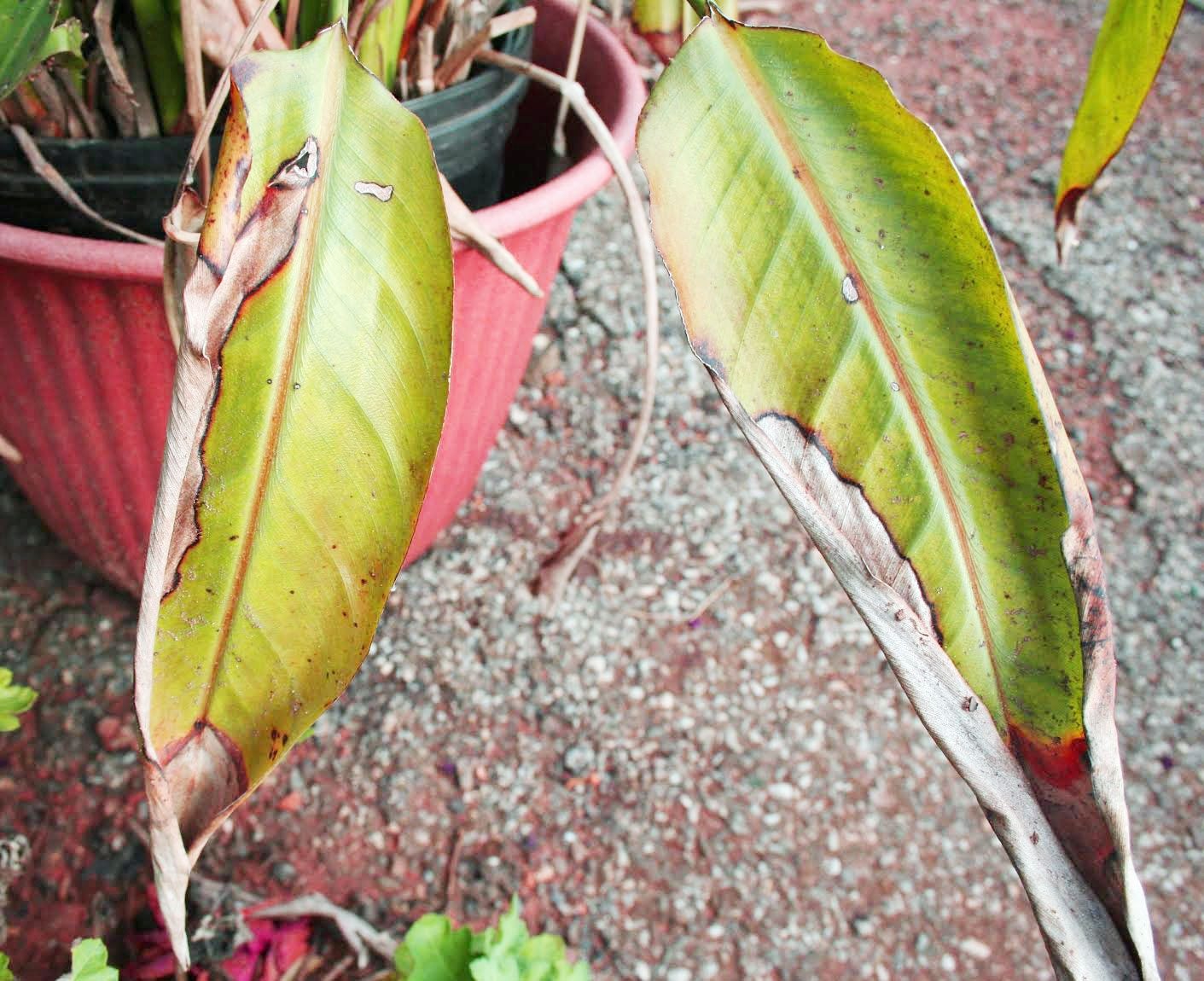What To Do For Yellowing Leaves On A Bird Of Paradise


Eye-catching and distinctive, the bird of paradise is a fairly easy tropical plant to grow indoors or out. Bird of paradise is one of the most unique plants American growers can get their hands on these days. Although a few lucky gardeners can place a bird of paradise out in the garden, by and large, most growers keep them as indoor or patio plants. Sometimes, despite your best efforts, they may develop yellow leaves due to problems with lighting, watering, or pests. Read on to find out if your yellowing plant can be saved.
What Causes Yellowing Leaves on a Bird of Paradise Plant?
There are few bird of paradise plant problems that initiates should be aware of, but yellowing leaves on a bird of paradise plant is among the most common. This condition is typically caused by improper growing conditions, so let’s explore exactly what it takes to keep your plant green and happy.
Lighting
When growing outside, bird of paradise plants prefer full sun to light shade. This can make it difficult to provide adequate light when the plant is moved indoors, resulting in a bird of paradise with yellow leaves. If your plant is indoors and is yellowing for no apparent reason, try increasing its light by adding a full-spectrum fluorescent bulb directly over the plant or moving it to a brighter room. Watch placing any plant too close to a window that receives a lot of direct light though, as the amplified ultraviolet rays can burn delicate leaf tissues.
Watering
Bird of paradise leaves turning yellow is also commonly caused by improper watering. Unlike most plants where you can err on the side of dry, bird of paradise plants are very intolerant of being either too dry or too wet. During the first six months after planting or repotting, the plant may be extra sensitive to fluctuations in available moisture, but by applying a 2- to 3-inch (5-7.5 cm.) deep layer of mulch around the plant, you can help slow drying and even out moisture retention. Be careful that the mulch does not touch the plant’s stem to help prevent stem rot.
Pests
Major pests on indoor bird of paradise plants are uncommon but can occur from time to time. Plants will be especially susceptible if they spend the summer outdoors. A few of these pests cause yellowing to some degree, including:
- Aphids – Hallmark signs are leaves yellowing in whole or in spots and a sticky residue. Aphids may also attract ants. Spray the undersides of your plant with water from a garden sprayer to dislodge aphids and drown them. Continue spraying daily for two weeks, repeating as often as necessary.
- Scale – Like aphids, scale bugs can cause yellowing in a variety of patterns and exude sticky residue. Unlike aphids, you’re unlikely to recognize the scale as an insect, since they hide under thick protective shells. Generally, they look more like small cankers or other unusual growths on the plant. They’re most effectively treated with neem oil or imidacloprid but be careful when using neonicotinoids to only apply in the evening and in doses as directed.
- Whiteflies – Another sap-feeding insect like aphids and scale, whiteflies are the most obvious of this bunch. If there are many small, white, moth-like insects collecting under your plant’s yellowing leaves, there’s no doubt of their identity. Spray these offenders with water every few days, as they’re very susceptible to drowning.
- Opogona crown borer – If you notice small holes in the base of your bird of paradise’s leaves or in the crown, you’ve got a crown borer. Once the plant has begun to yellow, there’s little you can do but remove the damaged tissues, provide excellent care, and destroy any plants that are goners.
Gardening tips, videos, info and more delivered right to your inbox!
Sign up for the Gardening Know How newsletter today and receive a free copy of our e-book "How to Grow Delicious Tomatoes".

Kristi Waterworth was a regular contributor to Gardening Know How for many years, answering countless queries on plant pests and diseases.
-
 Looking For Plants To Give You The Soft And Fuzzies? Try These 5 Fuzzy Leaf Plant Options
Looking For Plants To Give You The Soft And Fuzzies? Try These 5 Fuzzy Leaf Plant OptionsLovers of texture, drama, silver foliage and tactile plants will adore these special sensory garden additions. These fuzzy leaf plant options will leave you all aglow
By Susan Albert
-
 Get Ready For A Summer Of Hummers! Grow These Full Sun Hummingbird Plants and Flowers
Get Ready For A Summer Of Hummers! Grow These Full Sun Hummingbird Plants and FlowersIf you’re lucky enough to enjoy a sunny backyard, make sure you are maxing out on your pollinator opportunities and grow these full sun hummingbird plants and flowers
By Tonya Barnett